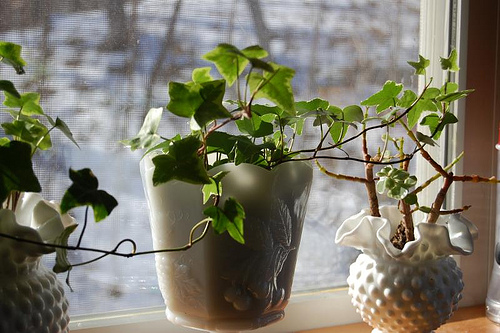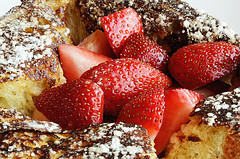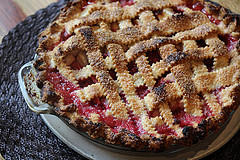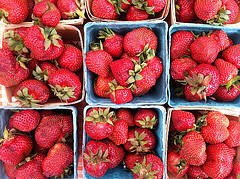Students from sixth grade all the way up to graduate school struggle can find studying to be a daunting task, despite how different their curriculum may be. Use these helpful study tips to improve your own studying or to help your struggling child.
- Review before bed. While it’s not the best idea to study when you’re overly tired, there’s some benefit to studying right before bed. Your brain strengthens new memories while sleeping, so you’re more likely to remember what you learned if you look at the information right before falling asleep.
- Create mnemonic devices. Whether you’re trying to remember complex chemistry concepts or the states and their capitals, it often helps to create a little story or other mnemonic device using people or objects that you’re already familiar with. For example, make a poem out of the first letters of each of the planets for a child who is struggling with an elementary science class.
- Create practice tests. One of the only ways to really test your knowledge is by putting yourself to the test. Download pre-made practice tests online or enlist a study partner to quiz you on the topic.
- Write instead of typing. Many studies show that the human brain is more likely to remember something that you write by hand than something that you type, so leave your laptop at home the next time you take notes.
22 Science-Backed Study Tips to Ace a Test [Greatist]
10 Tips to Study Smart and Save Time [Lifehack]
Adults in College: 10 Secrets to Success if You Haven’t Seen a Classroom in Years [Back to College Blog]
Top 10 Study Tips for Busy Adult Learners [Back to College]










 Equal Housing Opportunity
Equal Housing Opportunity